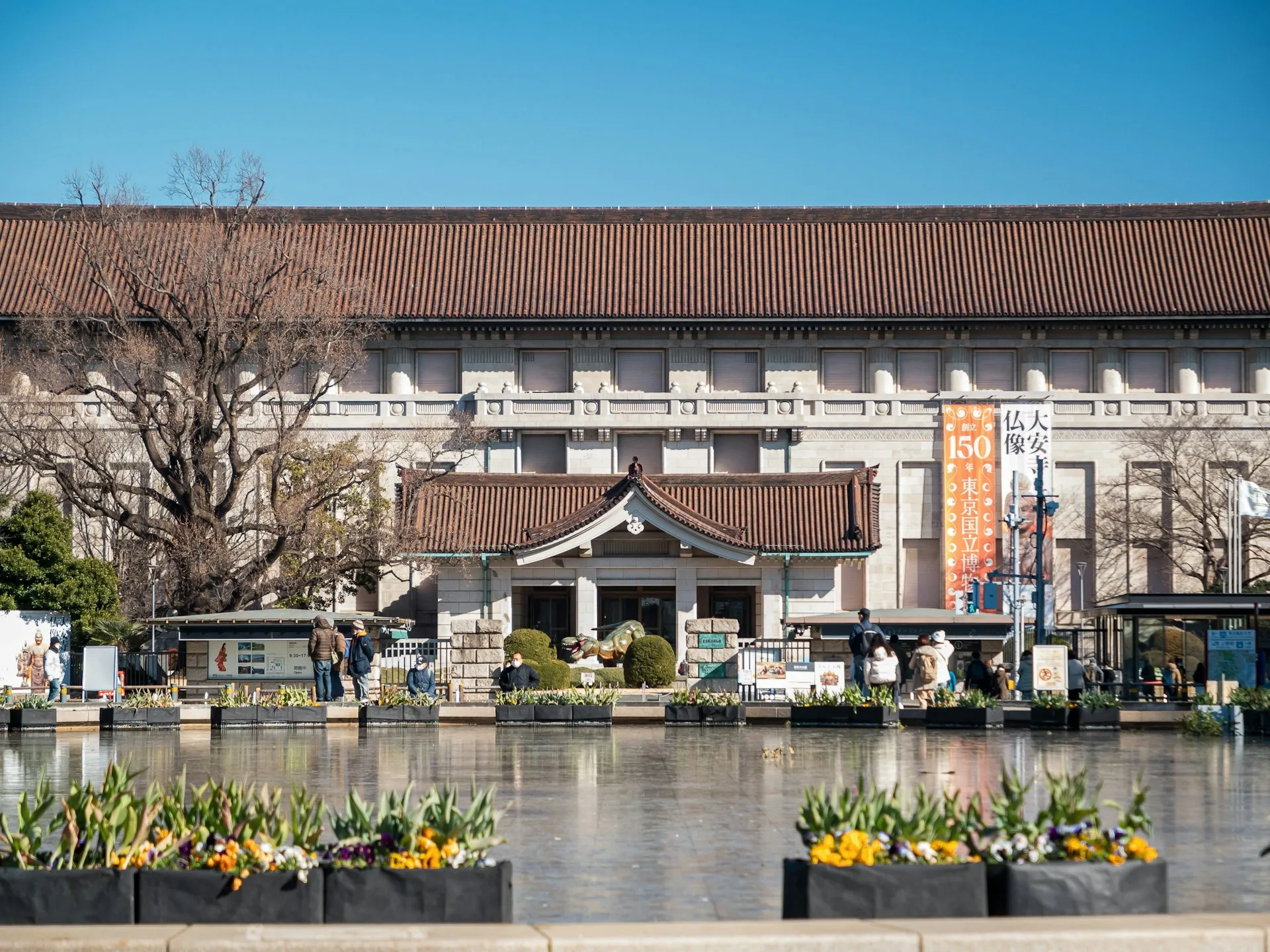newtownrrt.org – The Tokyo National Museum, located in Ueno Park, Tokyo, is Japan’s oldest and largest museum. Established in 1872, it serves as a premier institution for the collection, preservation, and exhibition of Japanese art and antiquities. With a mission to foster understanding and appreciation of Japan’s rich cultural heritage, the museum is a must-visit for anyone interested in the country’s history and artistry.
A Historical Overview
The Tokyo National Museum was founded to celebrate Japan’s cultural achievements and to showcase its artistic legacy to the world. Over the years, the museum has expanded its collections and facilities, becoming a leading center for cultural preservation and education. It has played a vital role in documenting and exhibiting the evolution of Japanese art and culture.
Architectural and Curatorial Splendor
The museum complex comprises several buildings, each dedicated to different aspects of Japanese and Asian art. The main building, known as the Honkan, features traditional Japanese architecture and houses the museum’s core collection. The Heiseikan and Toyokan galleries display archaeological artifacts and Asian art, respectively, while the Hyokeikan and Horyuji Treasures Gallery offer unique insights into specific historical periods and artistic influences.
Rich and Diverse Collections
The Tokyo National Museum boasts an extensive collection of over 110,000 objects, including National Treasures and Important Cultural Properties. The museum’s holdings encompass a wide range of artifacts such as samurai armor, calligraphy, ceramics, textiles, and religious sculptures. Special exhibitions often highlight particular themes or periods, providing deeper understanding of Japan’s artistic and cultural development.
Education and Research
Beyond its exhibits, the Tokyo National Museum is a hub for research and education. It offers a variety of educational programs, lectures, and workshops designed to engage visitors of all ages and backgrounds. The museum’s research activities contribute significantly to the study and conservation of cultural properties, promoting international collaboration and scholarly exchange.
The Tokyo National Museum Today
Today, the Tokyo National Museum continues to thrive as a cultural and educational landmark. It attracts millions of visitors annually, who come to explore its rich collections and participate in its vibrant programs. The museum also engages with global audiences through digital initiatives and traveling exhibitions, extending its reach beyond Japan.
Conclusion
The Tokyo National Museum stands as a beacon of cultural preservation and education, offering a profound exploration of Japan’s artistic and historical legacy. Whether you are a scholar, a student, or simply an enthusiast of Japanese culture, the museum provides an enlightening and inspiring experience that bridges the past and the present.
